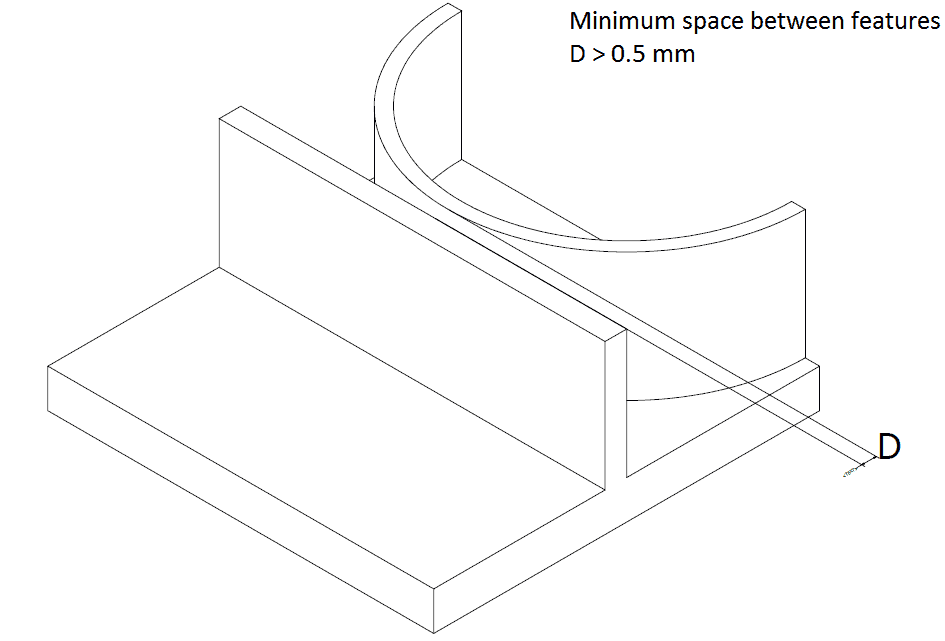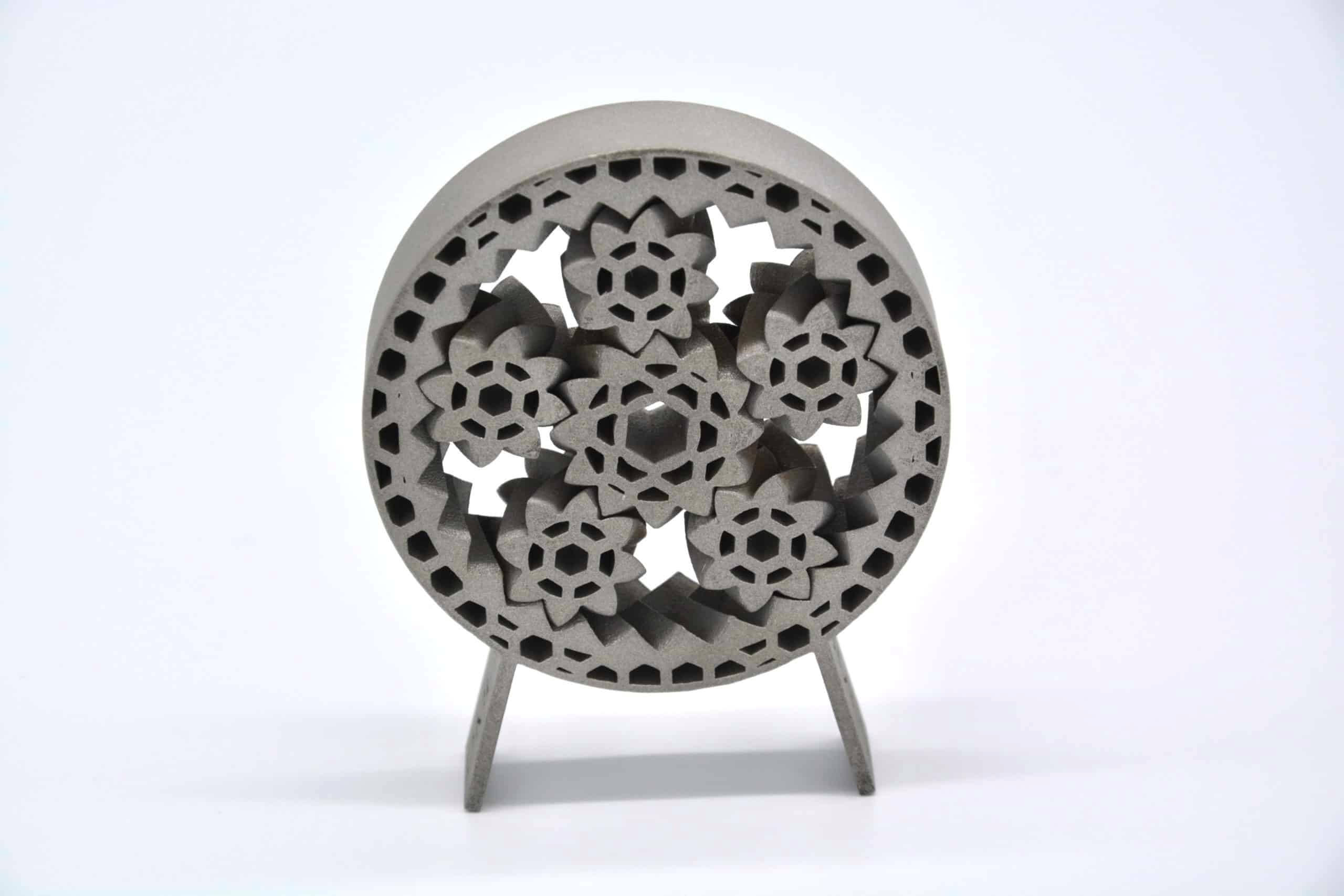Introduction to Tips for Designing for DMLS
These guidelines enable engineers to tackle the complexities of DMLS and realize the full potential of this cutting-edge technology for producing strong and complex metal parts.
Direct Metal Laser Sintering (DMLS) is a metal 3D printing technology that creates parts from metal powders. The technology is capable of producing detailed and complex parts with extremely high precision. However, the success of a DMLS 3D printing project depends heavily on the quality of the 3D CAD model design. In this guide, you will learn the most important design tips to optimize your direct metal laser sintering designs.
1.Dimensional limitations in DMLS
Size limitations are an important consideration in DMLS because they dictate the dimensions at which problems are bound to occur during the printing process. Some of the size limitations of the DMLS process are listed below.
- Maximum build volume: 250 x 250 x 325 mm
- Minimum feature size: 1.5 mm for structural features, 0.75 mm for cosmetic features
- Layer thickness: Layer thickness may vary between 0.02 – 0.08 mm depending on the printing material
2.Tolerances
DMLS 3D printing can produce parts with a tolerance of ±0.2% (0.1 – 0.2 mm). Tight tolerances result in higher production costs, so only apply tolerances to features that require them, such as mating parts and parts designed to mate with other products. Note that geometric considerations (such as internal stresses during printing, support structures, etc.) may cause deviations in tolerance and flatness. If tight flatness is a key requirement for your proposed part, DMLS may not be your best choice.
3.Support Structures
DMLS is a layer-by-layer 3D printing process. The layers being printed rely on previously printed layers for support. In certain geometries, such as overhangs, arches, and inclined surfaces greater than 30°, there is no support layer, so the design must include support structures that are not part of the final product. These will provide support during printing but will be removed later during post-processing.
Support structures are also needed to minimize or prevent warping, secure the part to the build platform, and prevent the part from shifting under the forces of the DMLS machine drum. While necessary, support structures can increase overall production costs because they take up material and increase build time, and they must be removed later. Some ways to make a part more self-supporting and reduce the need for support structures include designing angles less than or equal to 30° and using fillets and chamfers at corners.

4.Distance between features
Because the heat generated by the laser is dissipated into the surrounding powder during the DMLS process, the laser forms a melt pool that is slightly larger than its diameter. As a result, features that are too close to each other may fuse together. Another possible consequence is that a section of unsintered powder will form between sintered areas. To avoid this, leave at least 0.5 mm of clearance between features.
5.Hollow Sections and Escape Holes
To reduce material usage and finished product weight, parts can be designed to be hollow. In most cases, this will not affect the final application of the part. For hollow parts, include vent holes in the design to remove residual unsintered powder from the hollow section.
